Underground vegetables are often the hidden gems of the garden, offering bold flavors and a unique twist to your meals. While we often overlook what’s buried beneath the soil, many root crops are packed with rich, earthy tastes and nutrients that elevate any dish. From crisp carrots to savory sweet potatoes, these veggies thrive in the cool, dark soil, developing robust flavors you won’t find in above-ground plants.
By growing these flavor-packed underground vegetables, you’re unlocking a whole new world of culinary possibilities, all while taking advantage of their low-maintenance growth habits. Whether you’re a seasoned gardener or just starting out, these vegetables will not only surprise you with their tastes but also expand your garden’s variety.
Carrot
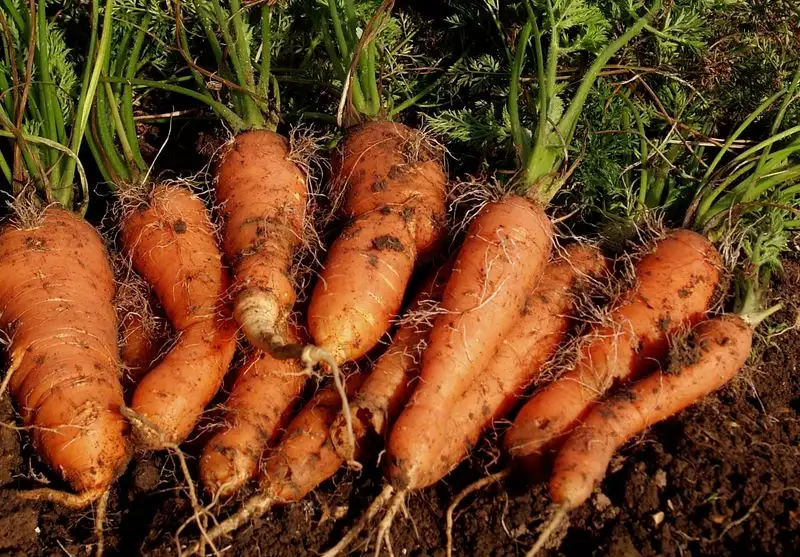
Brightly colored and sweetly flavored, carrots are a staple in kitchens worldwide. Their vibrant hue is a signal of the beta-carotene inside, an antioxidant beneficial for eye health. When roasted, they offer a caramelized depth, while raw, they crunch with refreshing zest. Try grating them into salads for a burst of color and nutrition. These root veggies are not only delicious but versatile, finding their way into both savory and sweet dishes. Cultivated in various colors, from orange to purple, each variety offers a unique taste, ensuring there’s a carrot for every palate.
Sweet Potato

Sweet potatoes boast a natural sweetness that’s enhanced through cooking. Their orange flesh is packed with vitamins and fiber, making them a nutritious choice. Perfectly baked, they become creamy and delightful, a satisfying side dish or a meal on their own. For a unique twist, try them mashed with a hint of cinnamon or roasted for a crispy treat. Their versatility extends to desserts, where they can replace traditional ingredients in pies and cakes, offering a healthier alternative without sacrificing flavor. Embrace their warmth and comfort in your next culinary creation.
Potato

Universally loved, potatoes are a mainstay in cuisines around the globe. Their ability to absorb flavors makes them perfect carriers in any dish. Whether mashed, fried, or baked, they offer a comforting bite that pleases the palate. Beyond the classic preparations, potatoes can be transformed into gnocchi or pancakes, showcasing their adaptability. Rich in potassium, they contribute to heart health while satisfying cravings. With varieties like russet, red, and Yukon gold, each type presents a distinct texture and taste, ensuring endless possibilities in the kitchen.
Beetroot
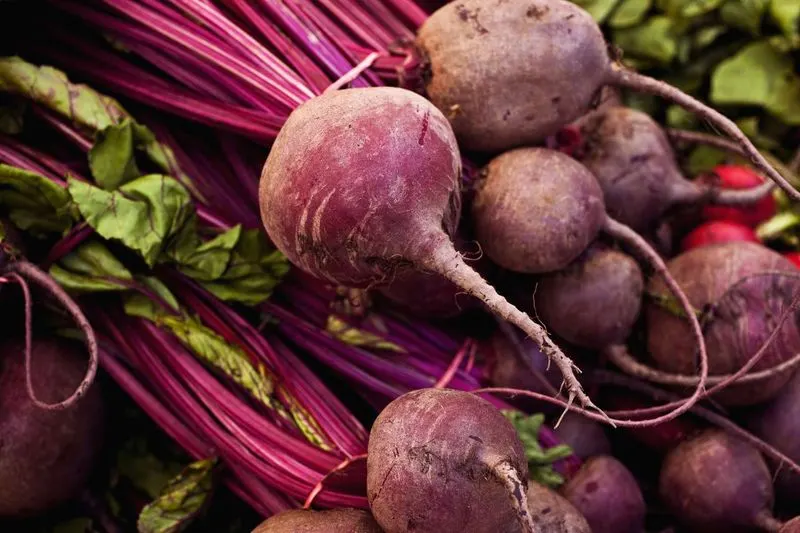
Beetroot is a vibrant addition to any dish, offering an earthy flavor that’s both unique and enticing. Its deep red color signifies its rich antioxidant content, supporting overall health. Roasting beets enhances their natural sweetness, making them a lovely complement to salads or as a standalone side. Their juice is often used as a natural dye in culinary creations. For a refreshing treat, try grating raw beets into slaws or smoothies. This versatile veggie is more than just a root; it’s a dynamic ingredient that’s as nutritious as it is colorful.
Radish

Radishes bring a peppery punch to salads and garnishes. Their crisp texture is refreshing, especially in warmer months. Available in various colors beyond the common red, they can range in flavor from mild to spicy. Sliced thin, they add a delicate bite to dishes, while whole, they offer a satisfying crunch. Pickling radishes introduces a tangy twist, perfect for sandwiches and tacos. These small roots are not just for garnishing; they play a pivotal role in adding dimension and flavor to diverse culinary experiences. Explore their versatility in your kitchen.
Parsnip
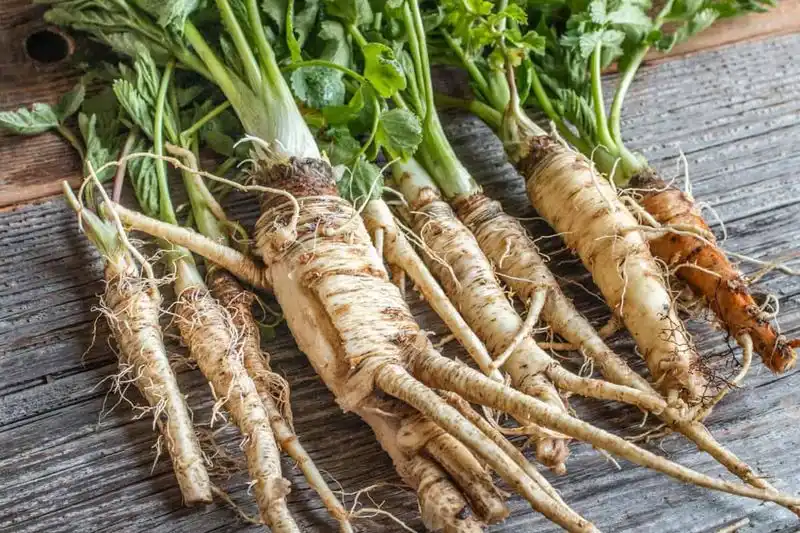
Parsnips are often overshadowed by their carrot cousins, yet they offer a distinct sweetness and nuttiness. Their pale color belies the robust flavor within, which emerges beautifully when roasted. Complimenting hearty winter dishes, parsnips are a delightful addition to soups and stews, adding depth and complexity. For a unique side, try them mashed with a bit of butter and seasoning. These root vegetables are a great source of fiber and essential nutrients, making them a healthful choice. Rediscover this underrated gem in your culinary adventures.
Turnip
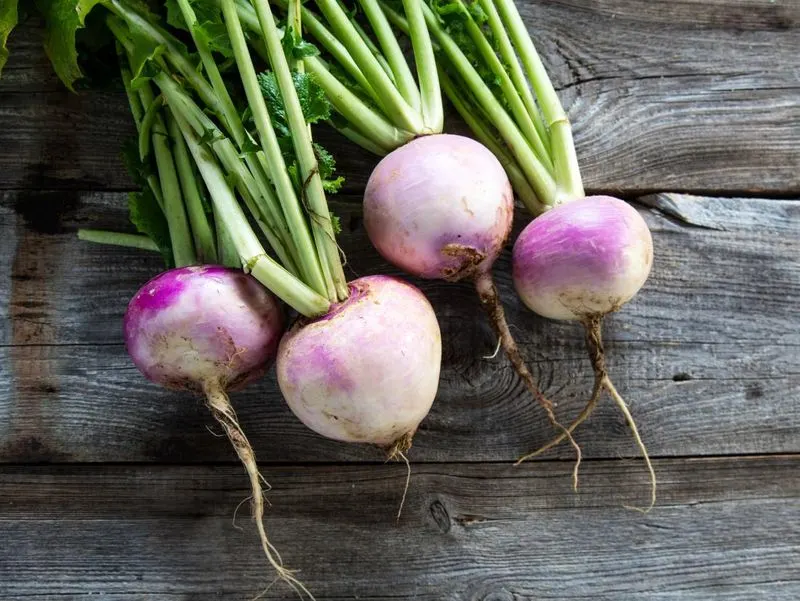
Turnips offer a subtly peppery flavor that mellows with cooking, making them a versatile ingredient in many dishes. Their firm texture holds up well in soups and stews, or when roasted as a standalone dish. Turnips can be mashed just like potatoes for a lower-carb side, rich in vitamins and minerals. They also shine when pickled, offering a tangy and crunchy addition to salads and sandwiches. With both the root and the greens being edible, turnips provide a dual bonus in the kitchen, contributing to zero waste cooking.
Celeriac
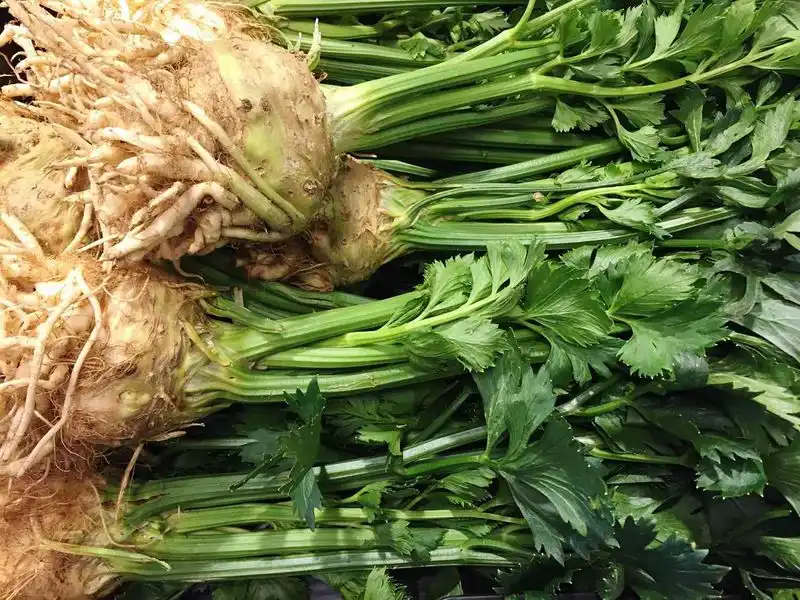
Celeriac, or celery root, may not win any beauty contests, but its flavor is a winner in many kitchens. With a subtle celery-like taste, it’s an excellent ingredient for purees and soups. Once peeled, its creamy texture becomes apparent, offering a delightful contrast when roasted or mashed. Celeriac’s unique flavor profile can elevate a dish, making it a favorite among chefs. It’s also a fantastic low-carb alternative to potatoes, providing a similar texture without the starch. Don’t let its appearance fool you; celeriac is a culinary treasure worth exploring.
Rutabaga
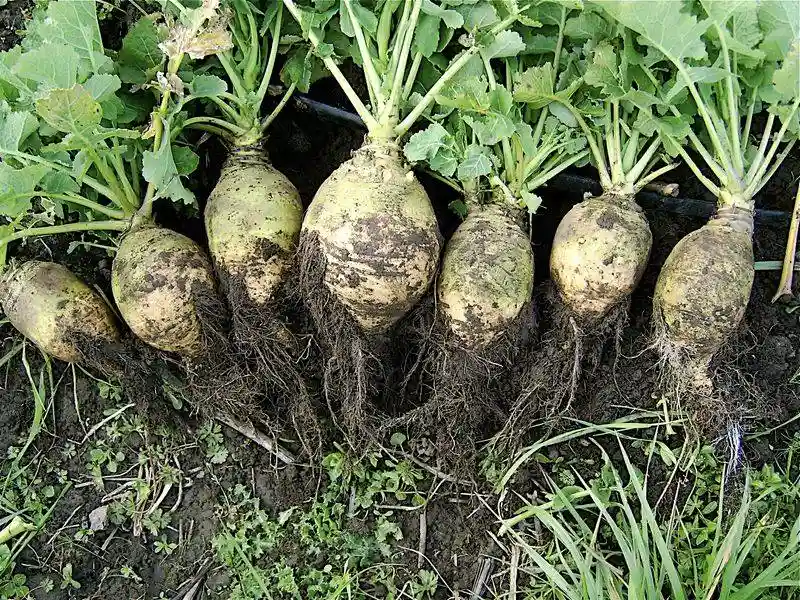
Rutabaga combines the best of turnip and cabbage flavors, resulting in a mildly sweet vegetable. Its yellow flesh becomes tender when cooked, offering a subtle sweetness and nuttiness. Versatile in the kitchen, rutabaga shines in gratins and roasted medleys. It can also be mashed, providing a unique twist on classic potato dishes. Rich in vitamin C and fiber, it’s a nutritious addition to any meal. For an adventurous palate, try rutabaga raw in slaws or as a crunchy snack. Its distinctive taste and texture make it a standout root vegetable.
Jicama

Jicama is a refreshing root with a crisp texture and subtle sweetness. Its juicy white flesh is often enjoyed raw, offering a hydrating crunch to salads and salsas. For a zesty snack, sprinkle lime and chili powder over jicama sticks. Its neutral flavor makes it a versatile ingredient in both sweet and savory dishes, adapting well to stir-fries and stews. Jicama is high in fiber and vitamin C, promoting digestive and immune health. This tropical root vegetable is a delightful surprise in any culinary repertoire, providing a crisp alternative to more common ingredients.
Ginger

Ginger is celebrated for its pungent aroma and spicy zest, adding a fiery kick to dishes worldwide. Its knobby appearance conceals a powerhouse of flavor that enhances both sweet and savory recipes. Grate it into stir-fries for warmth or steep in hot water for a soothing tea. Ginger’s anti-inflammatory properties and potential to ease nausea make it a staple in natural remedies. Beyond its health benefits, ginger pairs beautifully with other spices, creating depth in curries and baked goods. This versatile root is a must-have in any kitchen.
Garlic
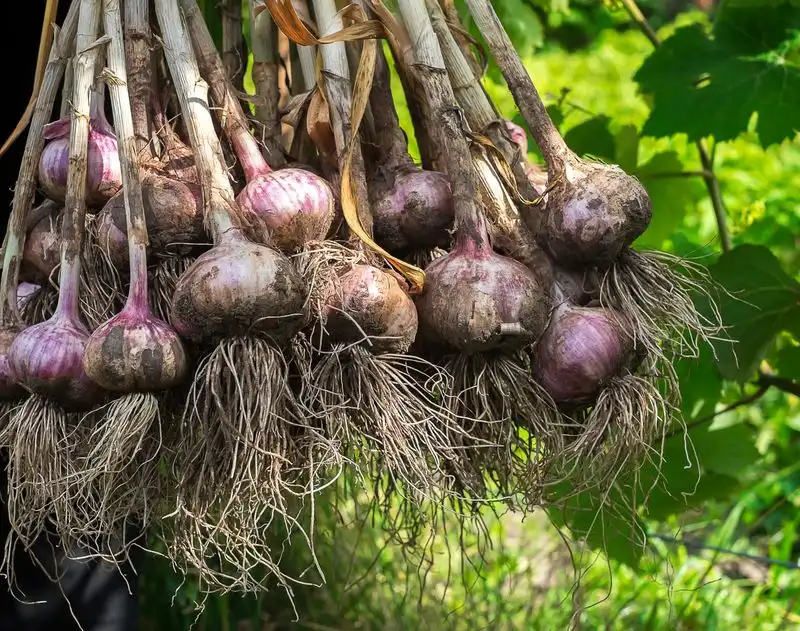
Garlic’s robust flavor transforms dishes with its spicy warmth and depth. Whether minced, roasted, or sautéed, it enhances the taste of meats, vegetables, and sauces. Known for its health benefits, garlic supports heart health and boosts immunity. Its versatility extends beyond cooking; mashed into a paste, it serves as a flavorful spread or marinade. Roasted garlic offers a mellow sweetness, perfect for spreading on bread. Although small in size, a single clove can elevate a dish significantly, making it an indispensable ingredient in culinary traditions worldwide.
Shallot
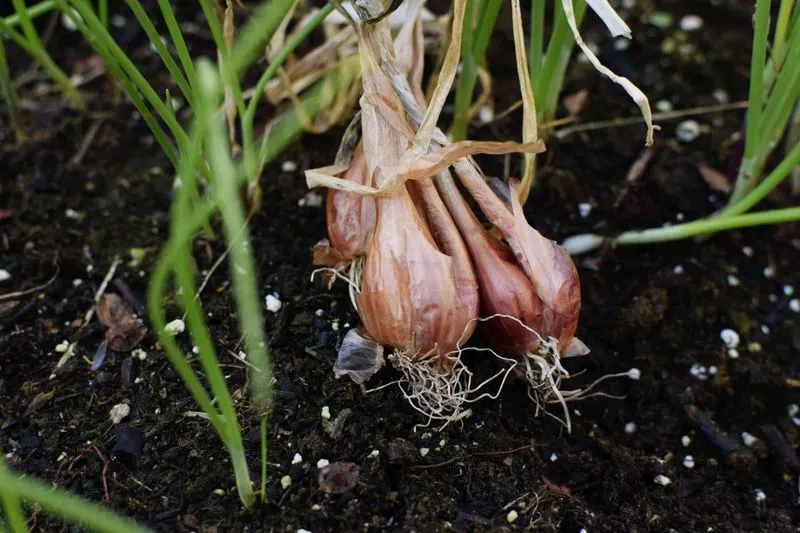
Shallots offer a delicate, sweet flavor that bridges the gap between onions and garlic. These small bulbs are prized for their versatility, enhancing everything from vinaigrettes to roasts. When caramelized, shallots develop a rich, sweet depth, perfect for finishing sauces and gravies. Their mildness makes them ideal for raw preparations, such as in dressings or atop a tart. Shallots pack an antioxidant punch, contributing to overall health. Their ability to enhance without overpowering makes them a favorite among chefs seeking subtle sophistication in their dishes.
Onion

Onions are foundational in cooking, offering layers of flavor that transform dishes. Their pungent aroma mellows into a sweet richness when cooked. Whether caramelized, fried, or raw, onions provide a base note that enhances other ingredients. Different varieties, such as red, yellow, and white, each bring unique tastes and uses. Onions are known for their health benefits, including heart health support and anti-inflammatory properties. In the kitchen, they can be the star of the dish or a subtle enhancer, showcasing their remarkable versatility and depth.
Leek
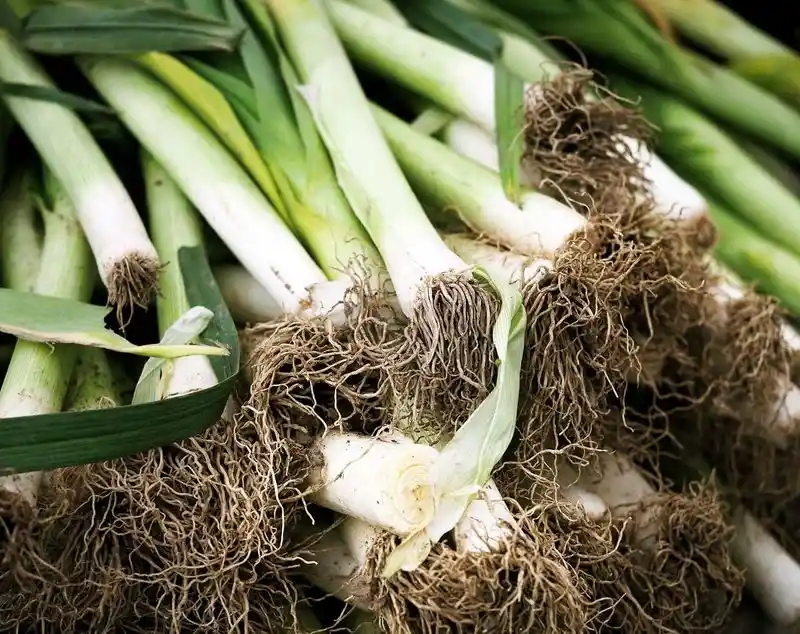
Leeks bring a gentle onion-like flavor that is both soothing and sophisticated. Their tender stalks are perfect for soups and stews, lending a subtle sweetness. Sautéed leeks can be a simple yet elegant side dish, or serve as the foundation for more complex recipes like quiches and tarts. Their delicate flavor pairs well with a variety of ingredients, enhancing without overwhelming. Rich in vitamins and antioxidants, leeks contribute to a healthy diet. Their unique taste and versatility make them a cherished ingredient in many cuisines.
Horseradish

Horseradish is a pungent root known for its fiery kick, bringing heat to sauces and condiments. Its grated form releases a bold flavor that pairs well with meats, especially roast beef. The heat of horseradish is a delightful surprise, adding excitement to otherwise mild dishes. Beyond its culinary uses, it’s valued for potential health benefits, including anti-inflammatory properties. A small amount goes a long way, making it a cost-effective way to add zest. This assertive root is not for the faint-hearted but rewards those who enjoy bold flavors.
Taro

Taro is a staple in many tropical cuisines, known for its nutty flavor and starchy texture. Its versatility shines in both sweet and savory dishes, from traditional poi to creamy soups. Taro must be cooked thoroughly to neutralize natural toxins, but once prepared, it offers a unique taste that’s both satisfying and nutritious. Often used in desserts, taro’s sweet notes are complemented by coconut milk and sugar. Whether mashed, fried, or steamed, this root vegetable provides an exotic twist to everyday meals, celebrated for its adaptability and distinctive character.
Kohlrabi
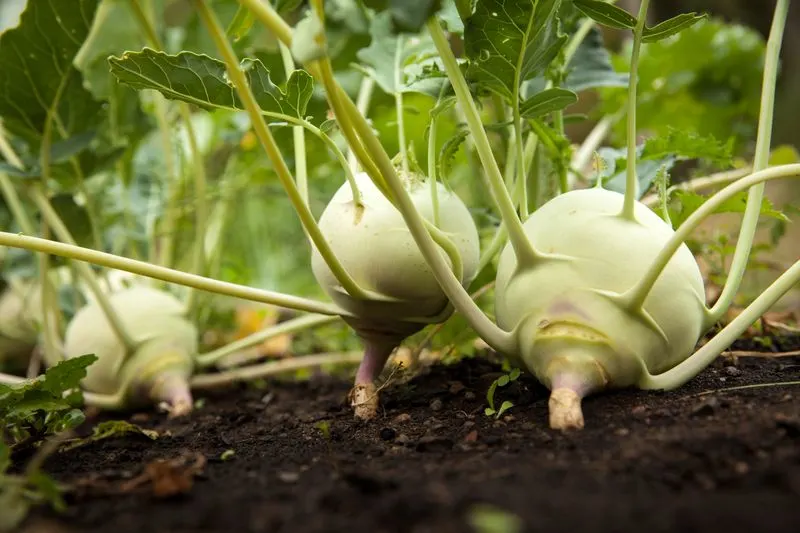
Kohlrabi is a quirky vegetable with a cabbage-like flavor and a crisp texture. Its bulbous stem can be eaten raw, adding crunch to salads, or cooked to reveal a milder taste. Grated or sliced, kohlrabi offers a refreshing bite and pairs well with tangy dressings. This brassica is rich in vitamin C and fiber, supporting immune function and digestion. Experiment with kohlrabi in slaws or roast it for a caramelized treat. Its versatility and unique flavor make it a delightful addition to any culinary repertoire, offering new experiences for adventurous eaters.
Yam

Yams are often mistaken for sweet potatoes, yet they boast a distinct flavor and texture. Their flesh ranges from creamy white to deep purple, each variety offering unique culinary opportunities. Yams are starchy and sweet, making them ideal for baking, frying, or boiling. In many cultures, yams are celebrated in traditional dishes, from West African fufu to Caribbean curries. Rich in vitamins and minerals, they contribute to a balanced diet while satisfying the sweet tooth. This versatile tuber is a delicious staple in kitchens around the world.
Burdock Root

Burdock root is an earthy, fibrous vegetable known for its medicinal properties. Its crunchy texture adds depth to stir-fries and soups, and it absorbs flavors beautifully. Traditionally used in Asian cuisines, burdock root is often pickled or simmered for a tender bite. Rich in antioxidants, it supports detoxification and overall health. For a unique twist, try burdock chips or incorporate it into a hearty stew. Though not commonly found in Western kitchens, its health benefits and unique taste are slowly gaining recognition, offering a nutritious alternative to more familiar roots.
Jerusalem Artichoke

Jerusalem artichokes, or sunchokes, are tubers with a sweet, nutty flavor, reminiscent of artichoke hearts. When roasted, they develop a rich, caramelized taste, perfect for side dishes or salads. Their crisp texture is delightful when raw, adding a crunch to any meal. High in inulin, they support gut health and provide a nutritious boost. For a unique preparation, try them in a creamy soup or gratin. Despite their misleading name, Jerusalem artichokes are unrelated to artichokes, yet they offer a similarly delightful culinary experience.
Cassava

Cassava is a staple in many tropical regions, revered for its versatility and starchy goodness. It must be cooked properly to eliminate toxins, but when prepared, it transforms into delicious dishes like tapioca and fufu. Cassava is gluten-free, making it an excellent choice for those with dietary restrictions. Fried cassava wedges offer a crispy snack, while boiled or mashed versions provide a comforting side dish. Its mild flavor pairs well with bold spices and sauces. This root is not just a survival food; it’s a culinary delight that has fed generations.
Lotus Root
Lotus root is celebrated for its crunchy texture and unique appearance. Its delicate flavor is a canvas for bold spices and sauces, commonly found in Asian cuisines. When sliced, the root reveals beautiful patterns, making it an attractive addition to salads or stir-fries. Boiled or steamed, lotus root maintains its crispness, offering a delightful bite. Rich in vitamins and minerals, it contributes to a healthy diet. For a fun twist, try frying lotus root slices for chips. This intriguing root is as visually appealing as it is delicious, adding flair to any dish.

